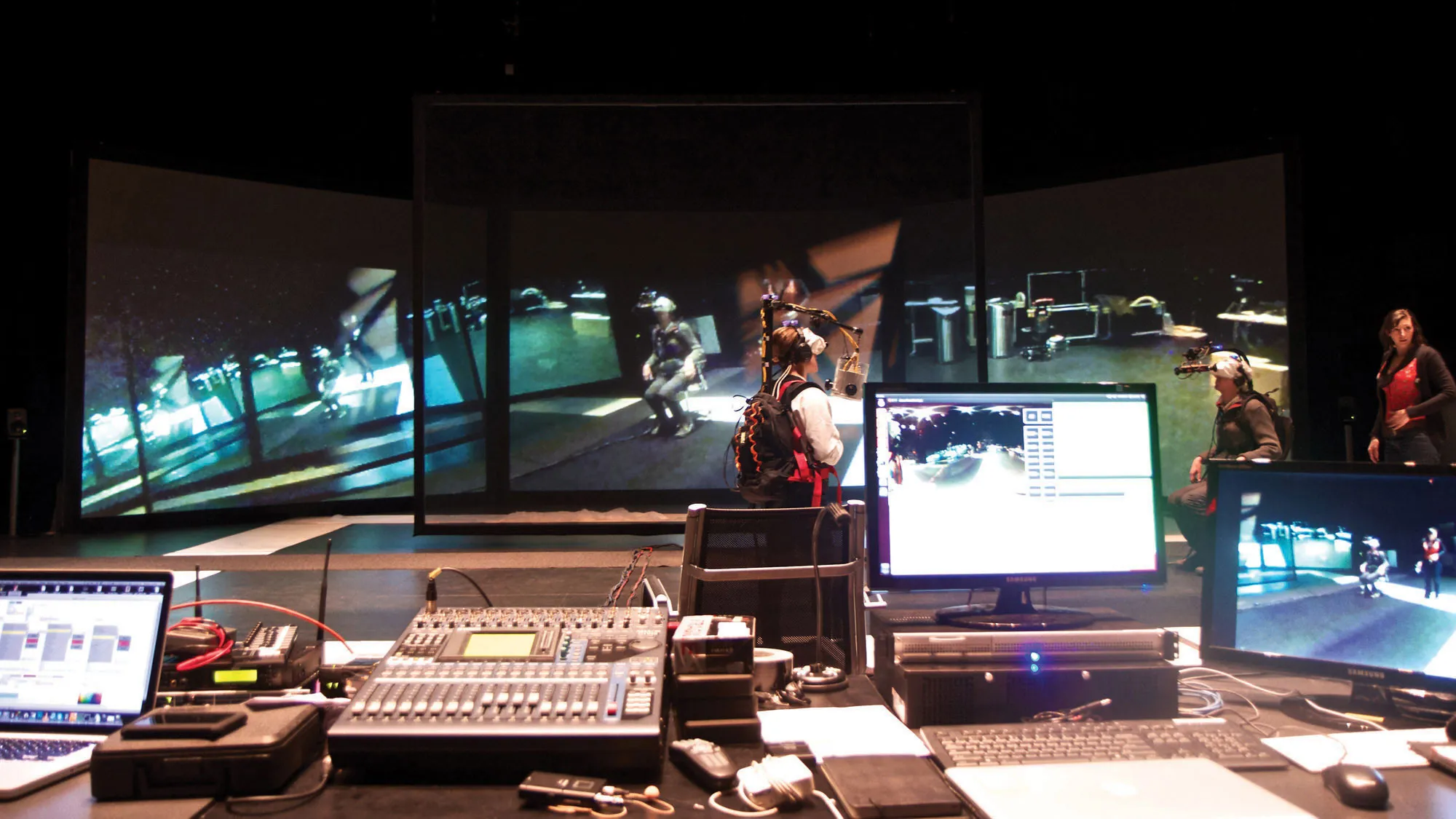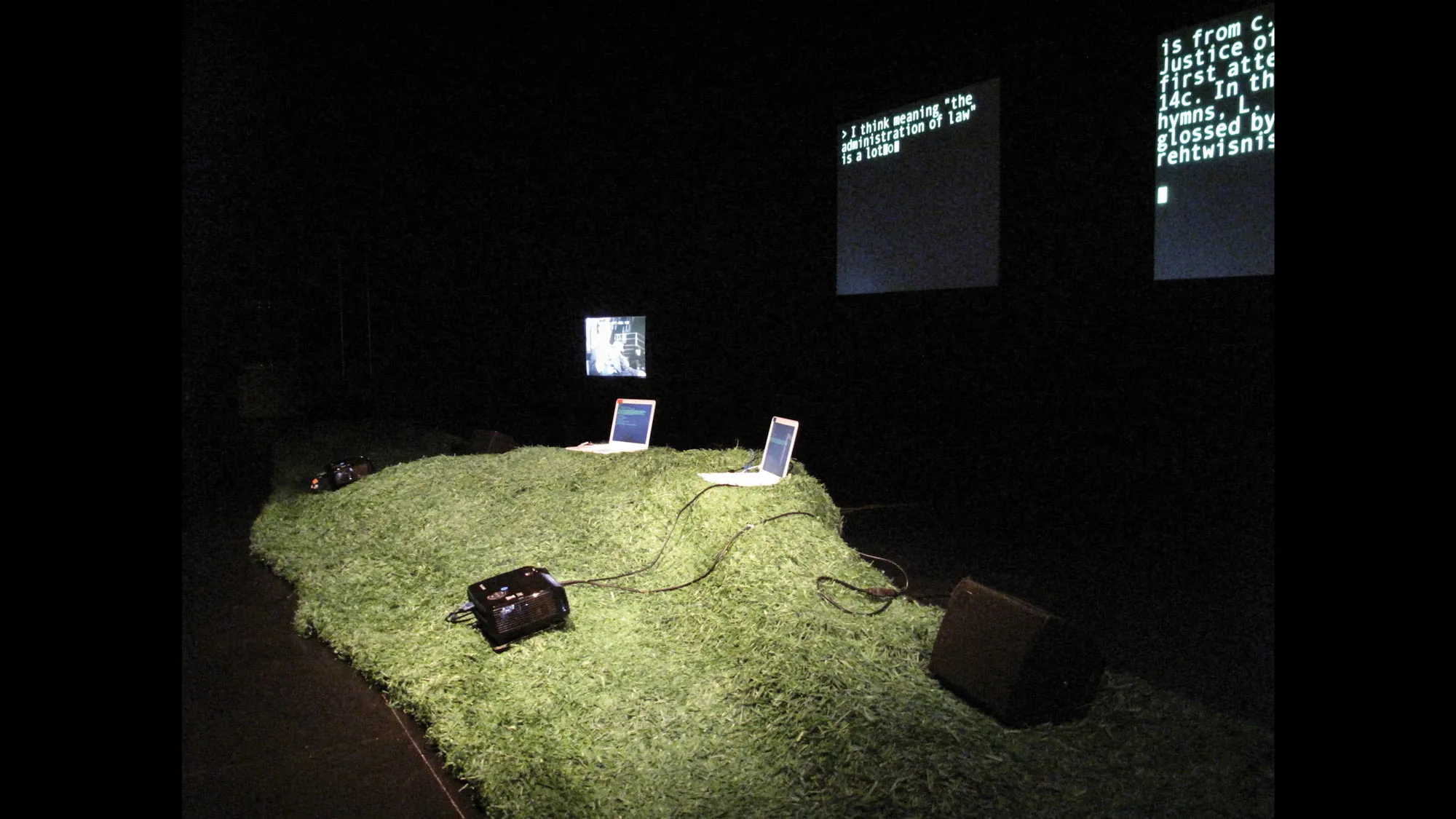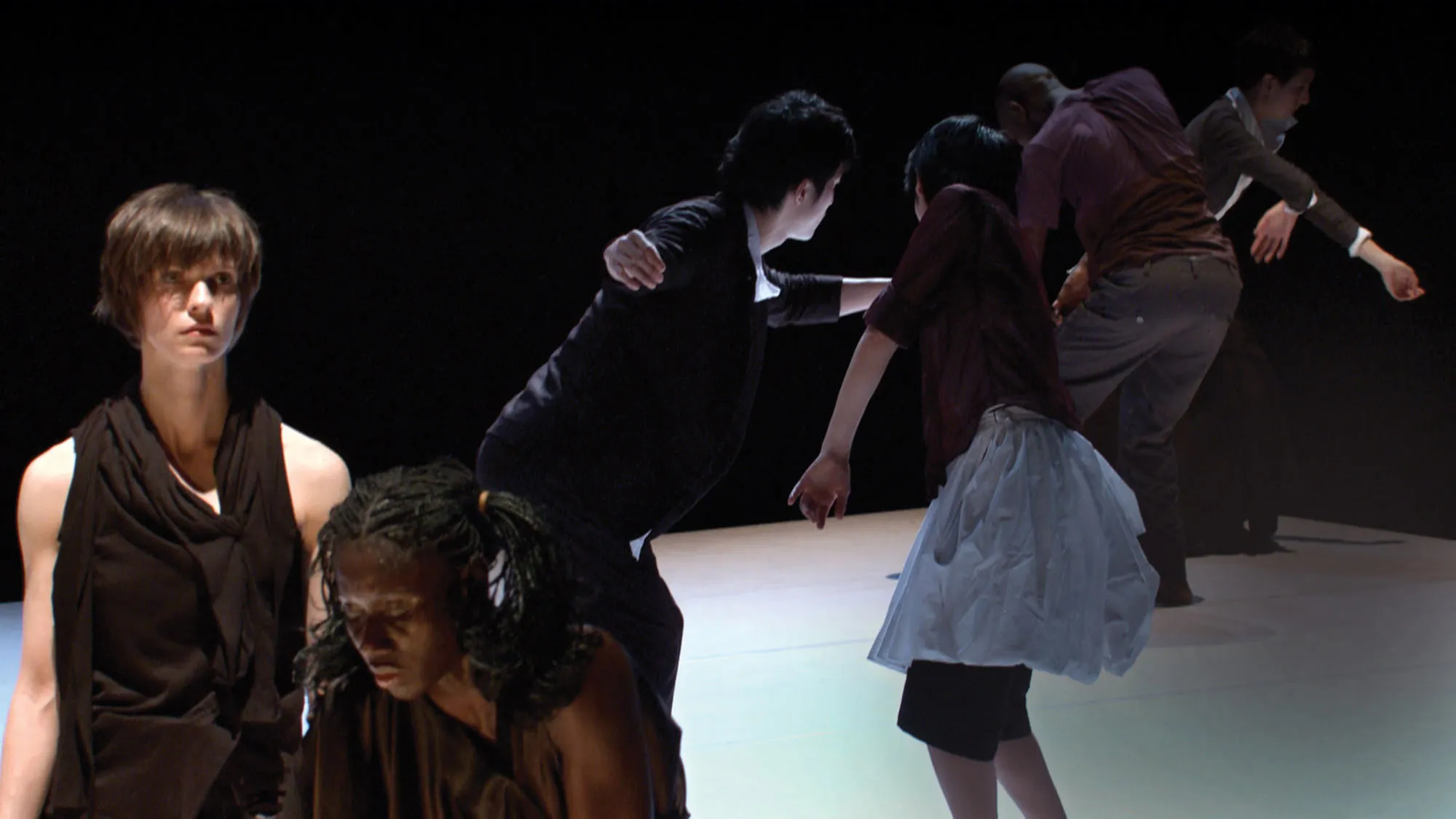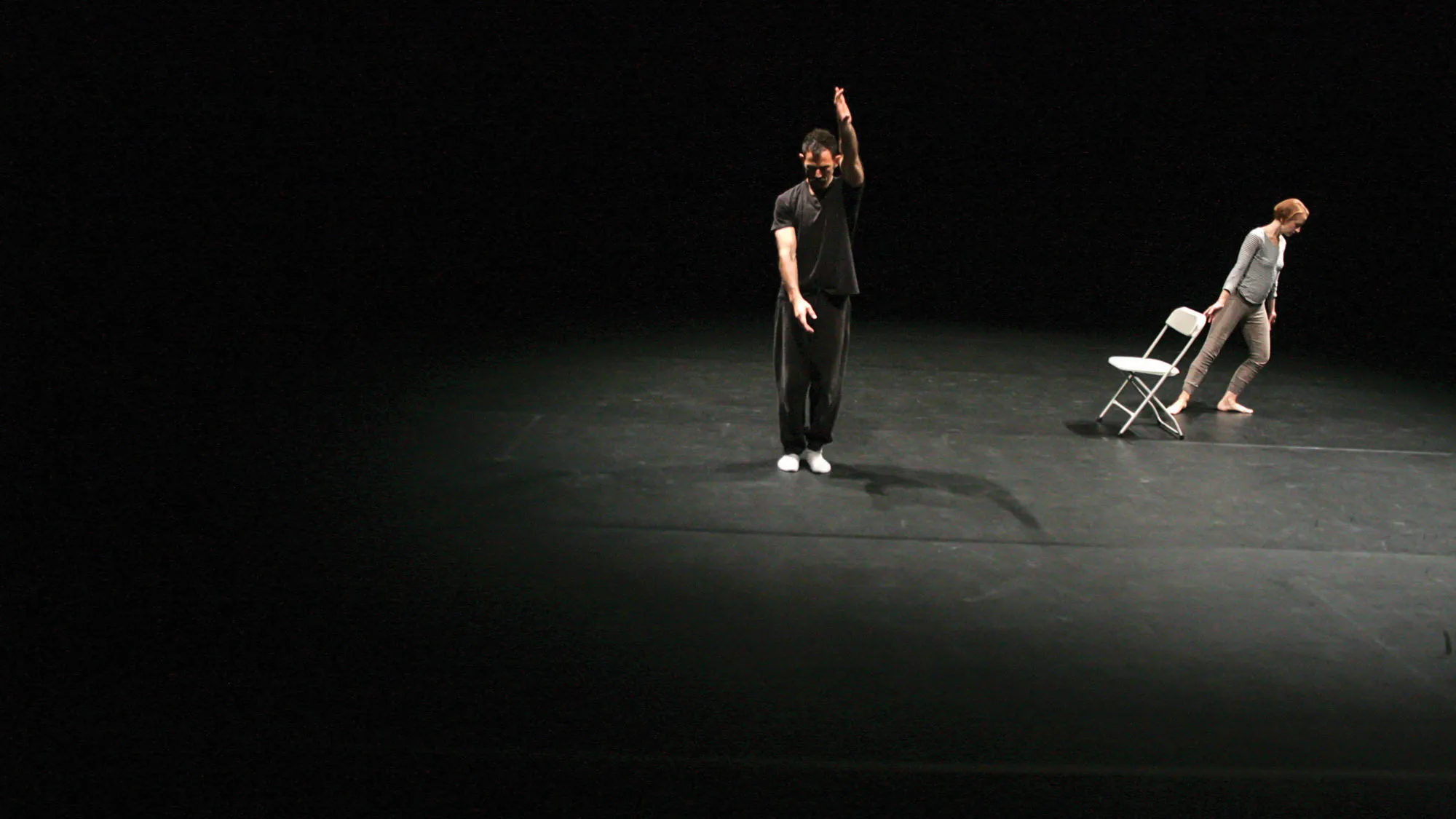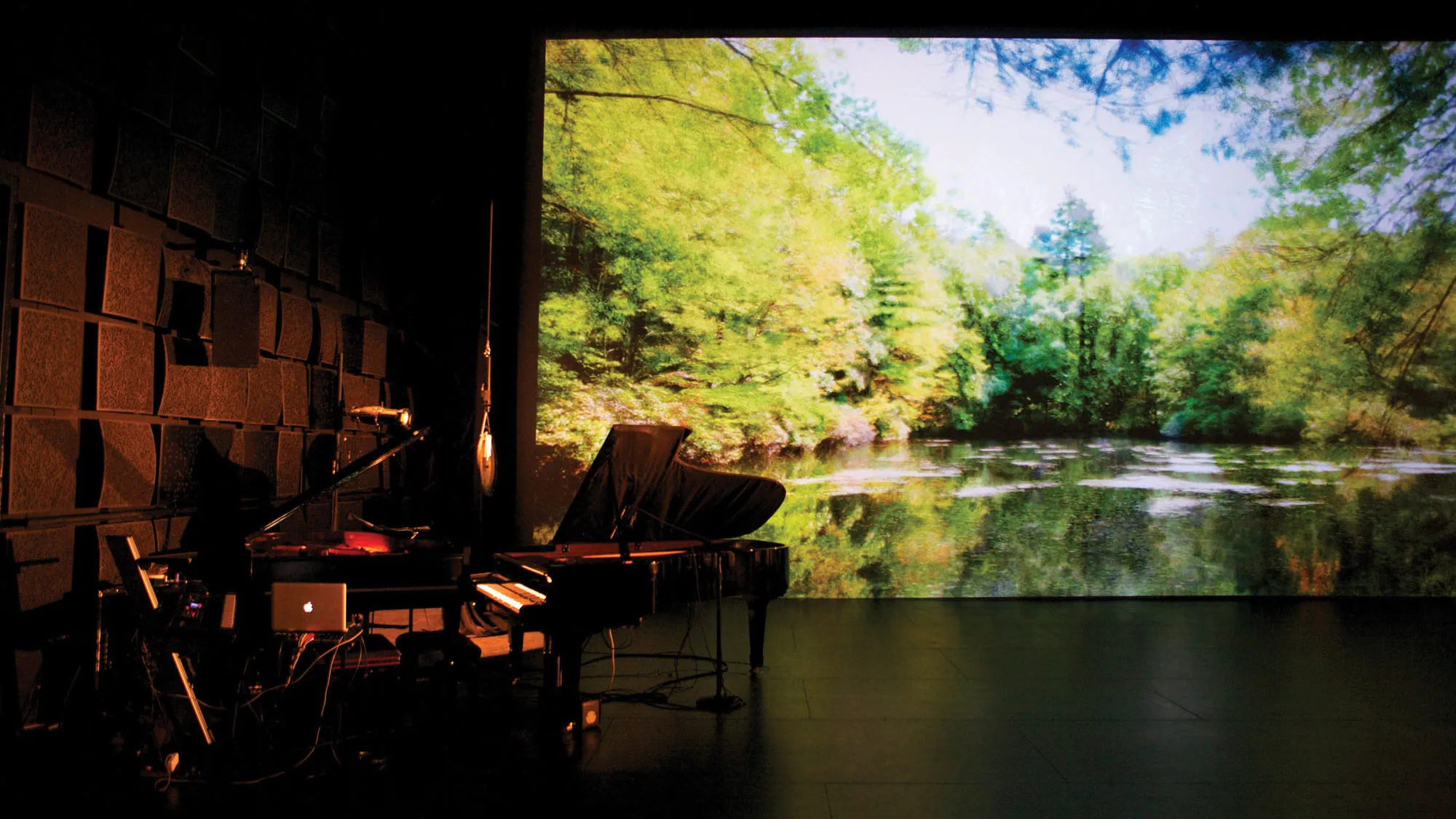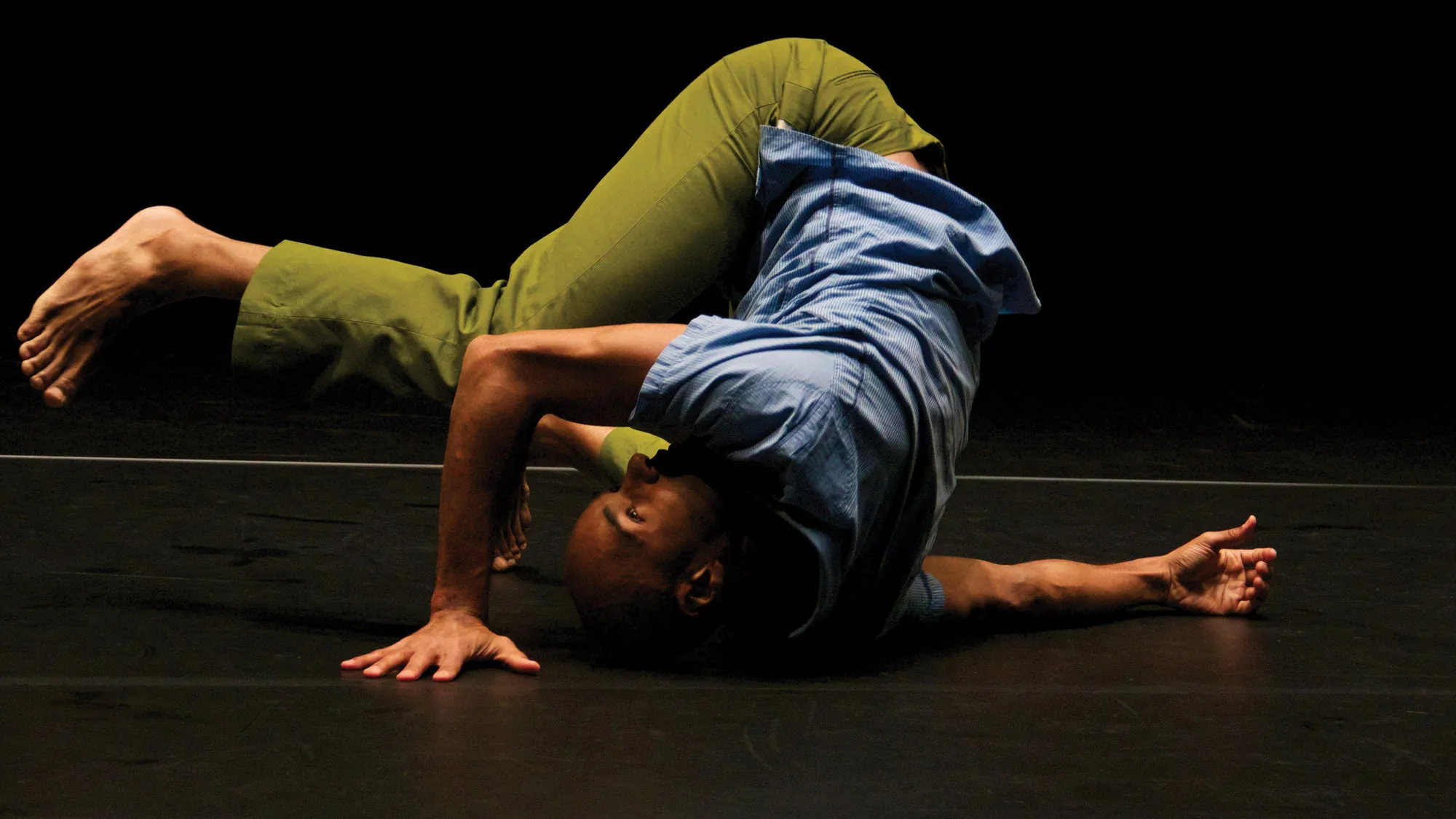What value does our society attach to relaxation, rest, silence, sleep, and laziness? Are we caught up more than ever in the relentlessness of production and consumption? These were the central themes behind this performance created by Belgian artist Kris Verdonck and choreographer Alix Eynaudi that played with basic theatrical elements such as light, sound, movement, language, and scenography to steer the audience’s perception. According to Verdonck, “…sleep is anarchistic, not in the destructive sense, but rather dangerously constructive. Without sleep, our ideas and our knowledge become superficial mass products and therefore easy to set aside…by doing nothing at all, man becomes more productive and his knowledge more in-depth, thereby making him less vulnerable in a world that is flooded with information and choices.”
Kris Verdonck’s visual arts, architecture, and theater training is reflected in the work he produces: his creations are situated between visual arts and theater, installation and performance, and dance and architecture. Alix Eynaudi trained as a ballet dancer in the Opéra de Paris; in 1996, she joined Anne-Teresa De Keersmaeker’s company Rosas. She works in Brussels creating her own pieces, and in collaboration with Anne Juren, Marianne Baillot, and Agata Maszkiewicz.
Main Image: Kris Verdonk & Alix Eynaudi, EXIT (2013).
